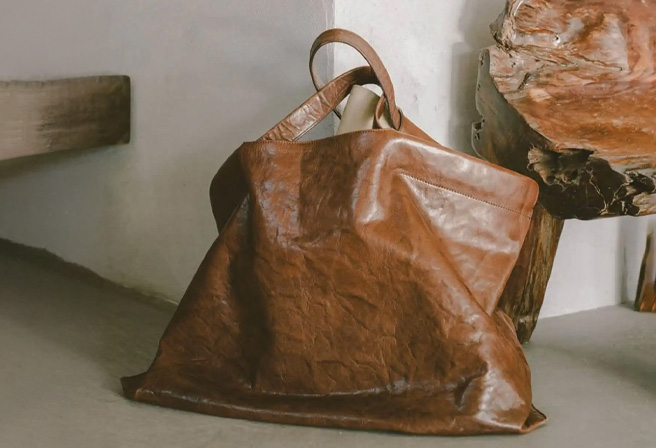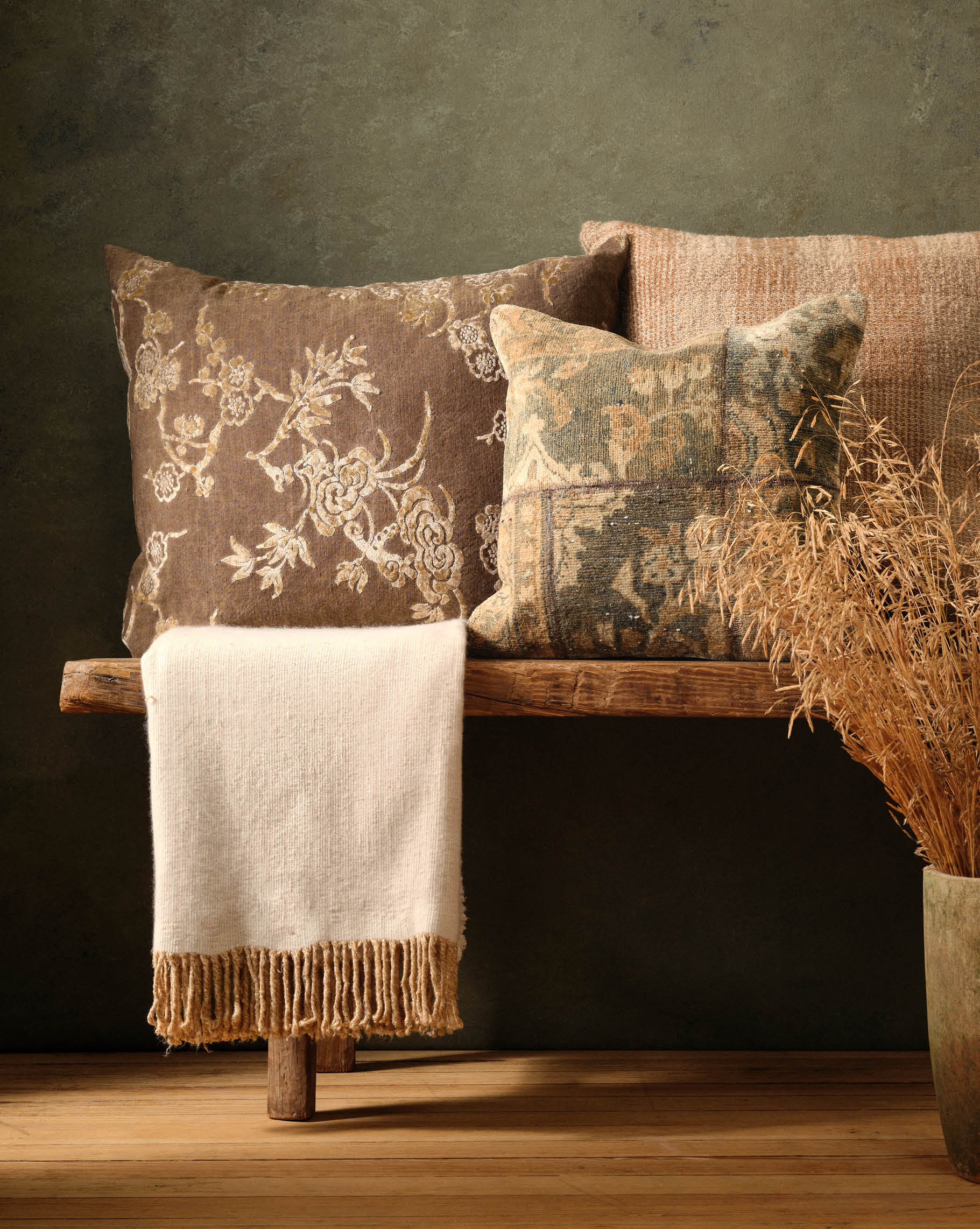Tunisia, a North African country along the Mediterranean, is home to some of the world’s oldest textile traditions.

Berber weavings in particular celebrate the region’s rich social and cultural diversity, with influences derived from the Greek, Andalusian, Ottoman and Arabic civilizations.
We present a small selection of these antique weavings, which capture a history of Tunisian spiritual and folkloric sentiments through cotton and wool.



These Tunisian textiles, originating from the early to mid 1900s, were crafted in the historic village of Chenini.
This ancient hilltop settlement has been home to the nomadic Berber people for a millennia.
Nestled in the sandy dunes of the Sahara, Chenini acted as a robust agricultural and weaving destination for travelers on their way to the larger Tataouine.



The three pieces in red are Bakhnoug shawls, originally intended as a religious headdress worn by Berber women.
The blue textile is of the Mahmoudi tradition and is a piece that would have been worn as a mantle or a shawl during a wedding ceremony.
The white geometric symbols woven throughout each piece express the sacred beliefs of the original maker.



Antique pieces like this live many lives before they make it to our hands.
They represent centuries of aesthetic ritual and cultural importance, and they have often been a core part of the daily lives of the people who made them.
They are, ultimately, pieces of art — we hope you will join us in exploring and enjoying their unique history and character.















